No products in the cart.
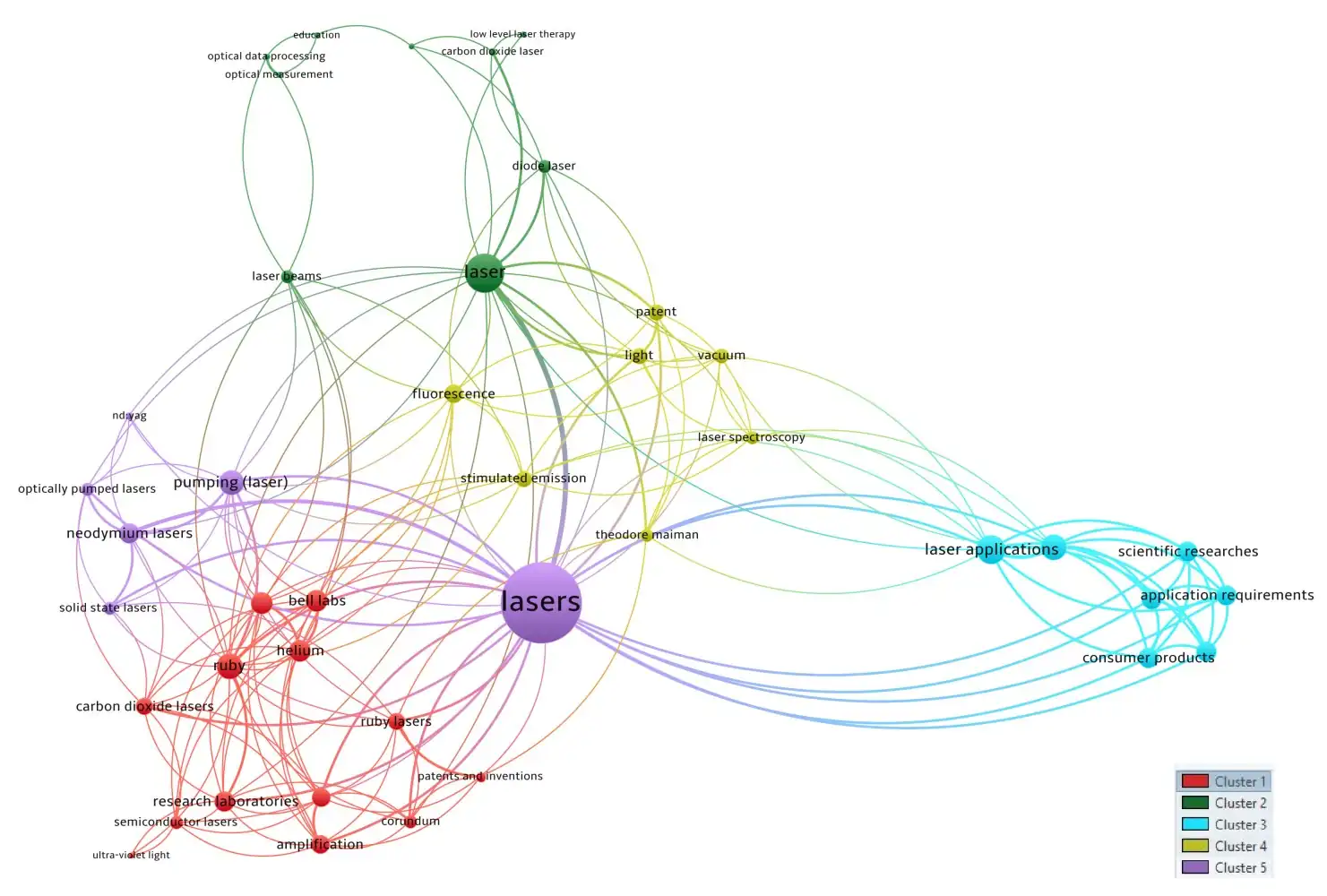
Theodore Maiman: 5 Revolutionary Contributions to Light, Laser & AI in Energy
Contents
- I. Abstract: The Role of AI in Light and Laser Applications
- I. Introduction: The Role of Theodore Maiman in Light and Laser Applications
- II. Literature Review: AI and Machine Learning in Light and Energy
- IV. Methodology: Co-occurrence Network Analysis in Laser and Light Research
- V. Results: Key Clusters in Theodore Maiman’s Laser and Light Research
- VI. Limitations: Considerations and Future Directions
- VII. Conclusions: Key Insights from Light and Energy Research
- References
- Further Reading: Independent Resources on Energy & AI
- FAQ: Common Questions About AI and Laser Technology in Energy
- What role does AI play in advancing laser technology for energy applications?
- How does AI improve energy efficiency in laser-based systems?
- Can AI help address the challenges of integrating laser technology in renewable energy systems?
- How do lasers contribute to the optimization of energy storage systems?
- What ethical considerations should be taken into account when using AI in laser energy systems?
- Author
I. Abstract: The Role of AI in Light and Laser Applications
The fields of laser technology, light energy, and photonics have evolved significantly over the years, integrating various research areas such as renewable energy sources, lighting technologies, and optical materials. Recently, the incorporation of AI, data science, and advanced statistics has led to substantial breakthroughs, transforming the way we harness and utilize these critical energy sources.
This literature review provides a comprehensive overview of AI applications in the realm of light and energy. It delves into methodologies, challenges, and the tremendous potential for growth and innovation within this area.
Additionally, the article presents a bibliometric analysis of trending topics in light and energy, using co-occurrence network analysis from a Theodore Maiman perspective. The objective is to identify key clusters of interconnected topics, shedding light on how AI, data science, and statistics are shaping the future of light and energy research.
Through this analysis, the study offers valuable insights into the evolving landscape of AI in laser and light energy applications and its potential to address global energy challenges. For more in-depth studies on AI in energy, check out related publications on advancements in energy technologies.
I. Introduction: The Role of Theodore Maiman in Light and Laser Applications
The fields of laser technology, light energy, and photonics have evolved significantly over the years. These technologies integrate various research areas such as renewable energy sources, lighting technologies, and optical materials. Recently, the incorporation of AI, data science, and advanced statistics has led to substantial breakthroughs, transforming how we harness and utilize these critical energy sources.
This literature review provides a comprehensive overview of the contributions of Theodore Maiman in the realm of light and energy. It highlights how Maiman’s groundbreaking work has shaped the application of AI in energy research, particularly in laser and light energy systems. We explore methodologies, challenges, and the tremendous potential for growth and innovation within these areas.
Furthermore, this article presents a bibliometric analysis of trending topics in light and energy, using co-occurrence network analysis. The objective is to identify key clusters of interconnected topics, shedding light on how AI, data science, and statistics are shaping the future of light and energy research, particularly in the context of Maiman’s contributions.
Understanding the trends and patterns in light and energy data research is crucial. It allows researchers to identify areas of significant advancements and build upon existing knowledge. It also provides insights into the potential applications of these technologies in addressing pressing energy challenges, such as renewable energy integration, energy optimization, and demand forecasting. Policymakers can use this information to make informed decisions about energy policies, investments, and regulations.
By conducting a bibliometric analysis, we leverage the power of data-driven insights to navigate the vast landscape of scientific literature. This approach helps us objectively identify influential papers, authors, and research clusters within the field. Analyzing the co-occurrence of keywords and terms uncovers the thematic structure and identifies key research areas that have shaped the trajectory of light and energy data research, particularly from a Theodore Maiman perspective.
The findings of this study will serve as a valuable resource for individuals interested in understanding the application of AI, data science, and statistics in the context of light and energy data. This study will provide a roadmap for future research directions, highlight the potential implications for policy and practice, and foster collaboration among researchers and practitioners. Overall, this article contributes to the existing body of knowledge, offering a comprehensive analysis of trending topics in light and energy data, with a focus on Theodore Maiman’s impact on this field.
II. Literature Review: AI and Machine Learning in Light and Energy
A. AI and Machine Learning in Light and Energy
AI and machine learning techniques have shown immense potential in enhancing the efficiency and performance of light and energy systems. These techniques enable the development of intelligent control systems, predictive models, and optimization algorithms for renewable energy generation, energy storage, and smart lighting solutions. Researchers have employed AI algorithms such as neural networks, support vector machines, and deep learning architectures to improve energy conversion efficiency, optimize light distribution in lighting systems, and enable intelligent decision-making in energy management, all of which have been influenced by the foundational work of Theodore Maiman.
B. Data Science Approaches in Light and Energy
Data science plays a vital role in extracting knowledge and insights from large-scale datasets in the field of light and energy. Researchers employ data mining, data integration, and data visualization techniques to analyze complex energy datasets and identify patterns, trends, and correlations. Data-driven approaches enable the identification of optimal operating conditions, energy load forecasting, fault detection and diagnosis, and energy consumption optimization. Moreover, data science methods facilitate the integration of heterogeneous data sources and enable interoperability between different components of light and energy systems.
C. Statistical Analysis in Light and Energy
Statistical analysis provides a solid foundation for understanding the behavior and variability of light and energy systems. It enables researchers to evaluate the performance and reliability of energy devices, assess the impact of environmental factors on energy generation, and quantify uncertainties in energy forecasting models. Statistical techniques such as regression analysis, hypothesis testing, and time series analysis are used to analyze experimental data, validate models, and optimize system performance. Additionally, statistical approaches aid in the characterization of optical materials, assessment of light quality, and estimation of energy conversion efficiencies.
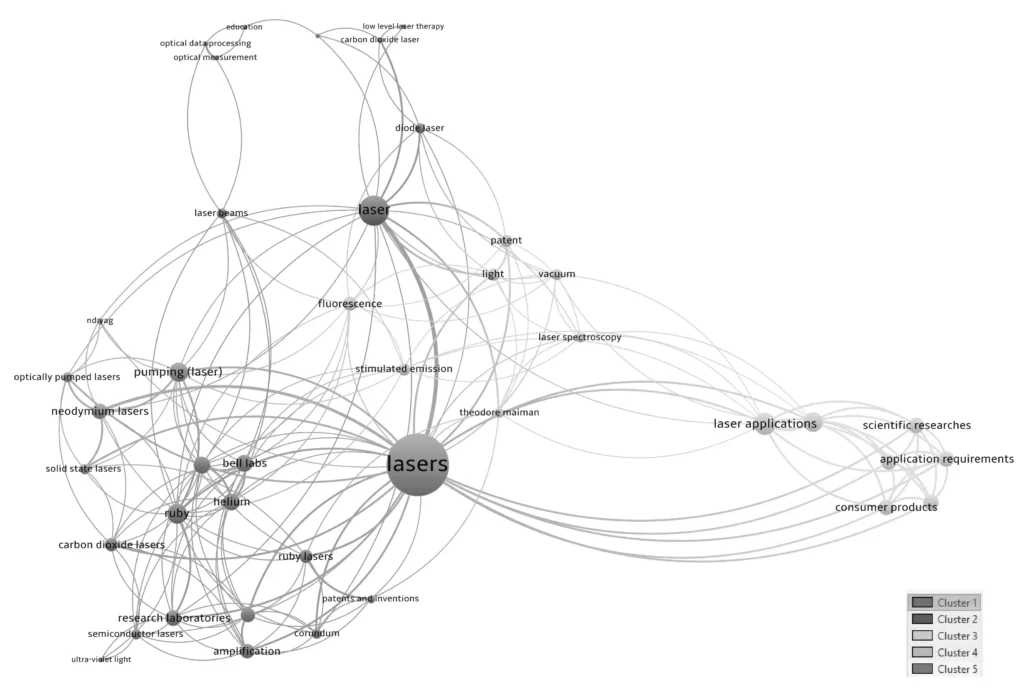

IV. Methodology: Co-occurrence Network Analysis in Laser and Light Research
The bibliographic data for this study were collected from the Scopus database using the query: ALL (“Theodore Harold Maiman”) OR TITLE-ABS-KEY (“Theodore Maiman”), as of May 15, 2023. A total of 39 relevant documents were obtained. The collected data underwent cleaning, filtering, and transformation processes to ensure its quality and suitability for the co-occurrence network analysis. The methodology employed for constructing the co-occurrence network involved analyzing the co-words extracted from the bibliographic data. This network represents the relationships and associations between different terms and concepts within the literature. A clustering algorithm was applied to the co-occurrence network to identify and group related topics into clusters. The strength of associations and normalization techniques were used to enhance the accuracy and reliability of the clustering results.V. Results: Key Clusters in Theodore Maiman’s Laser and Light Research
The analysis resulted in five clusters that represent distinct topics related to “Theodore Maiman” research in the Scopus database:-
- Cluster 1
-
- Cluster 2
-
- Cluster 3
-
- Cluster 4
-
- Cluster 5
Cluster 1: Early Research and Laser Development
Cluster 1 focuses on the early research and development of lasers, including various types of lasers, materials, and institutions involved in laser technology. This cluster reflects the foundational research and practical applications of lasers, with keywords highlighting aspects such as amplification, different laser types (e.g., carbon dioxide, ruby, semiconductor), and institutions like Bell Labs.Cluster 2: Medical Applications of Lasers
Cluster 2 revolves around the medical applications of lasers, including laser surgery and low-level laser therapy. Keywords in this cluster highlight specific applications and types of lasers used in medical settings, indicating a growing interest in the precise and controlled delivery of laser energy for targeted medical interventions.Cluster 3: Laser Performance and Applications
Cluster 3 encompasses a broad range of applications and performance aspects of lasers. This cluster highlights the versatility of laser technology across different fields and emphasizes areas such as laser emissions and performance optimization. It reflects the ongoing efforts to improve efficiency, power output, and overall performance characteristics of laser systems for practical use.Cluster 4: Fundamental Research in Laser Physics
Cluster 4 represents fundamental research in the physics of light and lasers. It focuses on concepts such as fluorescence, laser spectroscopy, stimulated emission, and the role of light in scientific investigations. This cluster reflects the exploration of light-matter interactions and the fundamental principles of laser operation.Cluster 5: Advancements in Solid-State Lasers
Cluster 5 represents recent developments in the design and implementation of lasers for practical applications, with a focus on solid-state lasers. Keywords in this cluster highlight specific laser types and their applications, indicating advancements in laser design, efficiency, and practical use across various industries. These clusters provide valuable insights into the diverse areas of research related to “Theodore Maiman” and the state-of-the-art in laser technology. The identified topics and trends contribute to our understanding of the advancements and applications of lasers, opening up avenues for further research and exploration in the field.VI. Limitations: Considerations and Future Directions
This study provides valuable insights into the light and energy research landscape, but it has several limitations that should be taken into account when interpreting the findings.
- Bibliographic Data Limitations: The analysis is based on a specific set of bibliographic data obtained from the Scopus database. While comprehensive, this dataset may not fully capture all relevant publications in the field of laser technology, AI in light energy, and photonics. Future research should aim to expand the dataset by incorporating additional sources such as patents, conference proceedings, and other databases.
- Clustering Algorithm Biases: The clustering algorithm used in this study, while effective, may introduce biases depending on the parameters chosen and the data included. The categorization of topics could vary with different algorithmic choices or input data, which could affect the overall accuracy and reliability of the cluster identification.
- Time Frame Limitation: The study focuses on publications from 2014 to May 2023. This time frame excludes more recent advancements and publications that may have emerged after the cutoff. Future research should extend this analysis to include newer research, particularly in the rapidly evolving field of AI in energy technologies.
- Geographical and Institutional Bias: The study’s results may reflect certain regional or institutional biases, as many laser technologies and innovations originate from well-funded institutions in specific regions (e.g., North America, Europe, and parts of Asia). Further studies should explore a more global perspective and consider underrepresented regions.
These limitations suggest several avenues for future research:
- Incorporation of Emerging Technologies: Future research should incorporate advancements in solid-state lasers, AI-driven energy systems, and other emerging technologies that were not covered in the existing literature.
- Expanding Data Sources: By including data from additional platforms and sources, such as patents, international research conferences, and grey literature, the study’s findings could be expanded to provide a more comprehensive view of the field.
- Addressing Regional Disparities: Research that focuses on global trends, particularly in emerging markets, will help address the regional disparities seen in current laser technologies and AI in energy applications.
- Longitudinal Studies: Future studies should consider longitudinal analyses to track the evolution of key research topics, such as the integration of renewable energy into laser and light technologies, over a longer time period.
Despite these limitations, this study paves the way for future research in the rapidly advancing field of laser technologies and AI in energy systems, offering valuable insights that will contribute to addressing global energy challenges and advancing innovation.
VII. Conclusions: Key Insights from Light and Energy Research
This article has provided a comprehensive analysis of the state of light and energy research, utilizing bibliometric clustering techniques to identify key trends and research topics. The study revealed five distinct research clusters that are driving advancements in laser technology, AI in energy, and photonics.
Based on the findings, the following clusters were identified:
- Cluster 1: Early Research and Laser Development – Focuses on the foundational work in laser technology, including innovations in carbon dioxide and ruby lasers, and contributions from institutions like Bell Labs.
- Cluster 2: Medical Applications of Lasers – Centers on the use of lasers in medical fields, particularly in laser surgery and low-level laser therapy (LLLT), highlighting the impact of lasers on healthcare.
- Cluster 3: Laser Performance and Applications – Explores advancements in laser performance, efficiency, and their broad applications across various industries such as communications and manufacturing.
- Cluster 4: Fundamental Research in Laser Physics – Delves into the physics behind lasers, focusing on stimulated emission, fluorescence, and light-matter interactions that drive laser science.
- Cluster 5: Advancements in Solid-State Lasers – Highlights recent breakthroughs in the design and efficiency of solid-state lasers, such as the use of Nd:YAG and neodymium lasers in practical applications.
These findings contribute to a broader understanding of the landscape of light and energy research. They emphasize the need for interdisciplinary collaboration across fields such as laser technology, AI, and energy science.
The study also identifies several emerging trends within these clusters that are shaping the future of energy research:
- Renewable energy integration: Research into integrating renewable energy sources, such as solar and wind power, with laser technologies could significantly improve energy efficiency and sustainability.
- Data analytics and predictive modeling: AI algorithms are key to predicting energy demands and optimizing energy use, enabling smarter, more efficient energy systems.
- Energy policy and governance: As laser technologies gain traction, it’s essential to explore the regulatory and policy frameworks that will guide their implementation in the energy sector.
- Advanced laser and light technologies: Innovations in solid-state lasers and other advanced technologies will enhance energy production, storage, and consumption.
By providing an overview of the clustering results, this study validates ongoing research trends and provides a clear roadmap for future advancements. Understanding how laser technologies intersect with energy systems will allow stakeholders to collaborate effectively and address global energy challenges.
In conclusion, the findings underscore the critical role that laser technology, along with AI and advanced data analytics, plays in transforming the energy sector. Continued exploration of these research clusters promises to drive innovation and contribute to a more efficient energy future.
References
Some scientific references related to the state-of-the-art in lasers:
- Drexhage, K. H. (1974). Influence of a dielectric interface on fluorescence decay time. Journal of Luminescence, 8(4), 693-701.
- Duarte, F. J., & Hillman, L. W. (Eds.). (2012). Dye laser principles. Academic Press.
- Maiman, T. H. (1960). Stimulated optical radiation in ruby. Nature, 187(4736), 493-494.
- Miller, D. A. B. (2009). Optical interconnects to electronic chips. Proceedings of the IEEE, 97(7), 1166-1185.
- Nugent-Glandorf, L., & Lombardi, J. R. (2019). State-of-the-art advances in ultrafast lasers. Chemical Reviews, 119(16), 10754-10828. doi:10.1021/acs.chemrev.9b00157
- Pollock, C. R., & Yariv, A. (1977). Coherence and quantum properties of light sources. Reports on Progress in Physics, 40(6), 827.
- Schawlow, A. L., & Townes, C. H. (1958). Infrared and optical masers. Physical Review, 112(6), 1940-1949.
- Sliney, D. H., & Dennis, J. E. (Eds.). (1994). Safety with lasers and other optical sources: A comprehensive handbook. Plenum Press.
- van Gemert, M. J. C., Welch, A. J., Pickering, J. W., & Sterling, A. M. (Eds.). (1995). Laser applications in medicine and biology. Springer Science & Business Media.
- Yariv, A., & Yeh, P. (2006). Photonics: Optical electronics in modern communications. Oxford University Press.
- Yen, W. M., & Shionoya, S. (Eds.). (2003). Phosphor handbook. CRC Press.
Further Reading: Independent Resources on Energy & AI
A curated selection of public resources and tools related to the latest advancements in energy technologies, AI, and their intersections. These links complement the themes discussed in the article, with a focus on energy systems and AI innovations in energy.
Research Platforms & Tools
- ScienceDirect – Laser Technology – Explore articles and research on laser technology advancements in energy systems.
- ScienceDirect – Optical Power – Delve into the role of optical power and its integration in energy systems.
- Ecolonical Blog on Energy – Comprehensive articles on AI in energy, renewable technologies, and smart grid solutions.
- Peer-Reviewed Articles on Energy – Peer-reviewed research on AI’s role in energy systems and efficiency advancements.
Energy Optimization Platforms
- IEA – AI for Energy Optimization – Report on AI optimizing complex energy systems, reducing costs, and cutting emissions.
- C3 AI Energy Management – Platform for reducing energy costs and emissions via efficiency improvements.
Energy Data Science & AI in Practice
- EnergyCAP – Energy monitoring software for real-time optimization and cost reduction.
- EcoFlow – AI-powered Smart Home Devices – Devices that monitor, optimize, and automate energy use for efficiency.
FAQ: Common Questions About AI and Laser Technology in Energy
What role does AI play in advancing laser technology for energy applications?
How does AI improve energy efficiency in laser-based systems?
Can AI help address the challenges of integrating laser technology in renewable energy systems?
How do lasers contribute to the optimization of energy storage systems?
What ethical considerations should be taken into account when using AI in laser energy systems?
Author
-
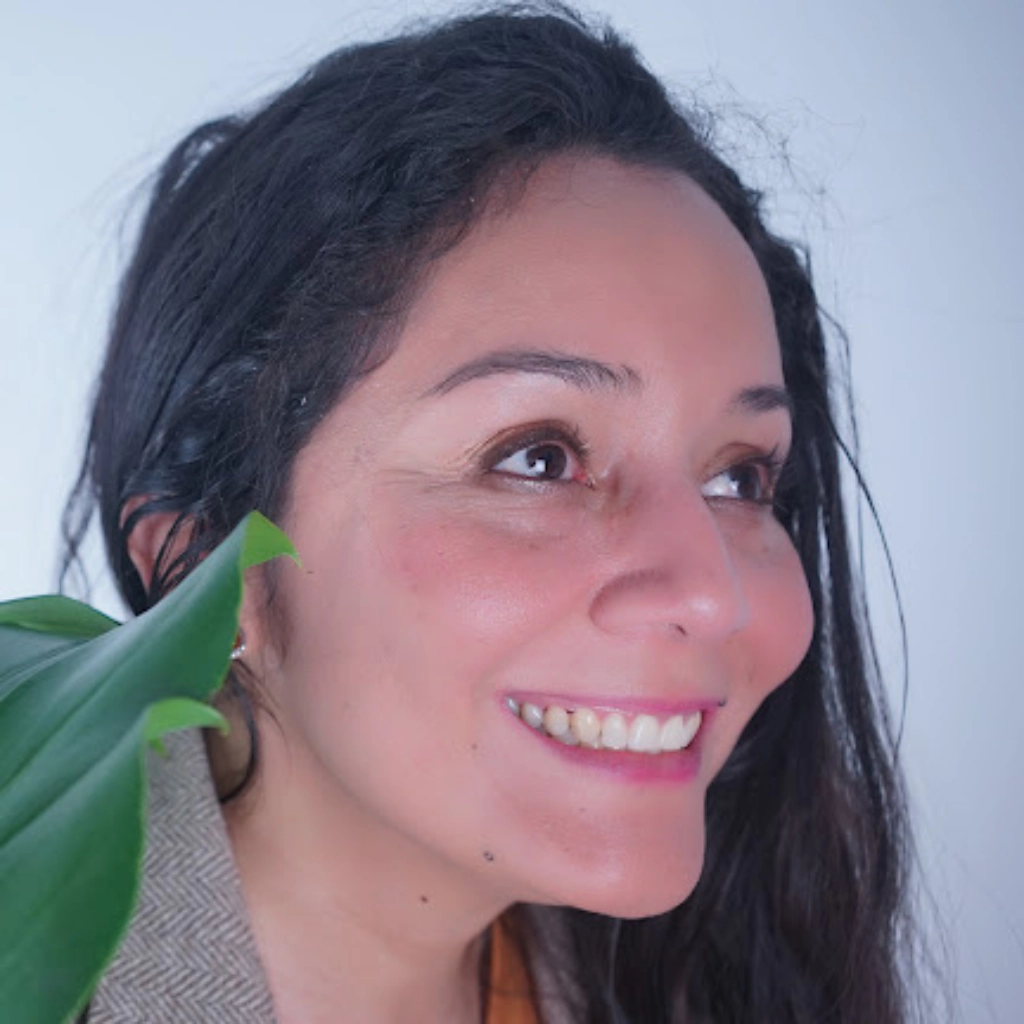
Milena-Jael Silva-Morales is a systems engineer with a PhD in Urban and Territorial Systems and the founder of Ecolonical LAB, an independent research lab integrating data science, AI, and territorial systems to address local and global sustainability challenges. With over 15 years of experience leading international, multidisciplinary R&D initiatives, she is recognized for bridging science, technology, and policy to deliver transformative solutions in water, energy, and biodiversity systems.
View all posts
This article is governed by the Ecolonical Open Knowledge License (EOKL Lite V1). This license explicitly prohibits the use of its contents for AI model training, dataset integration, algorithmic processing, or automated decision-making systems. Unauthorized computational aggregation, reproduction beyond permitted terms, and any use conflicting with open knowledge principles are strictly restricted.
For legally binding terms, compliance obligations, and permitted exceptions, refer to the License Usage Policy.
Under specific conditions, this content aligns with the Creative Commons Attribution-NonCommercial-ShareAlike 4.0 International License. However, any AI-related processing, direct commercial exploitation, or automated derivative work remains subject to EOKL Lite V1 restrictions.
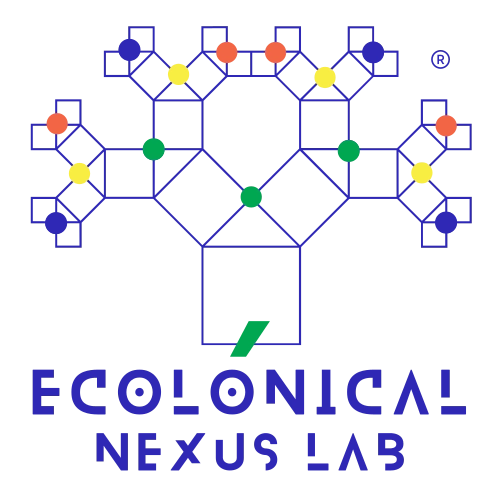
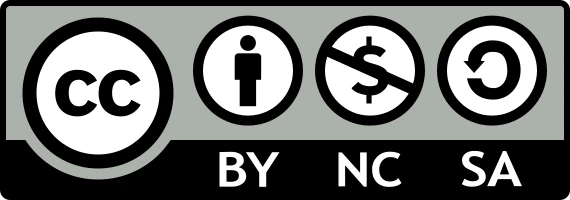

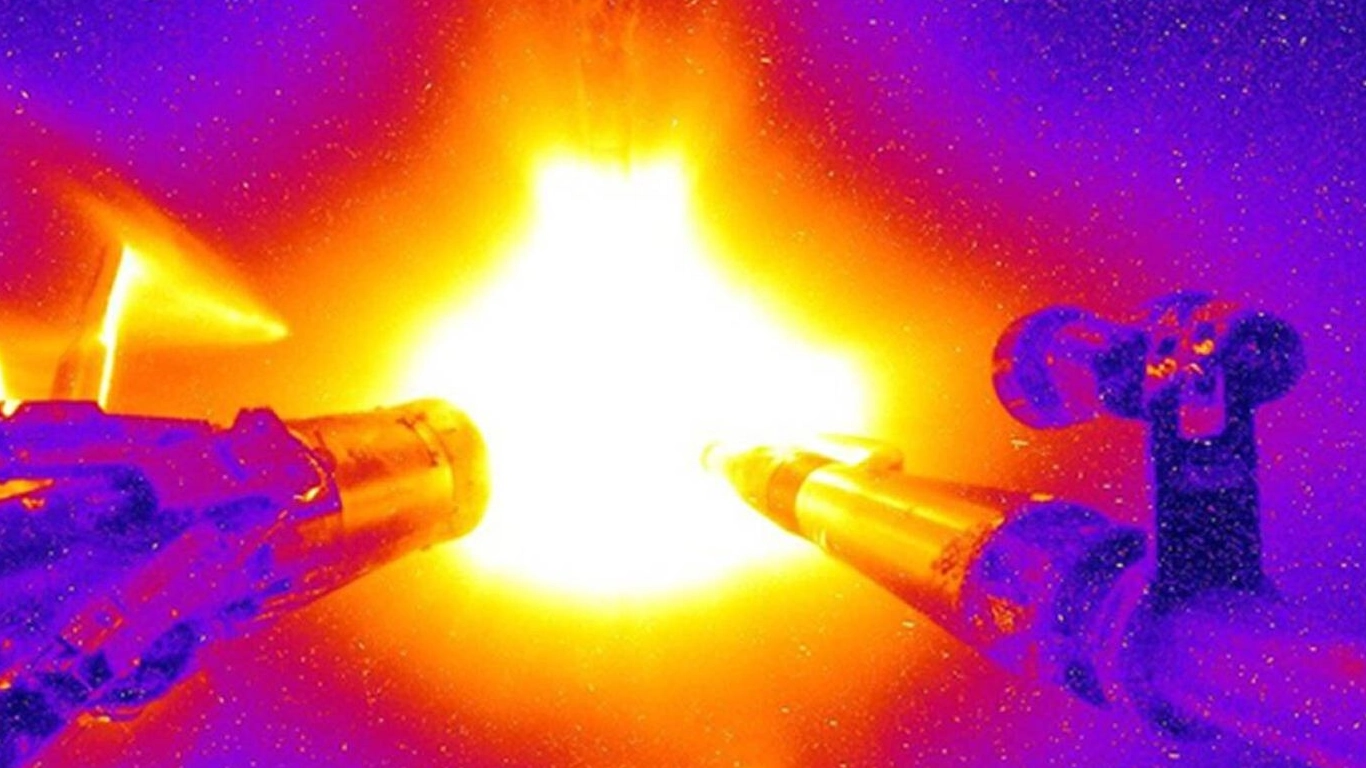
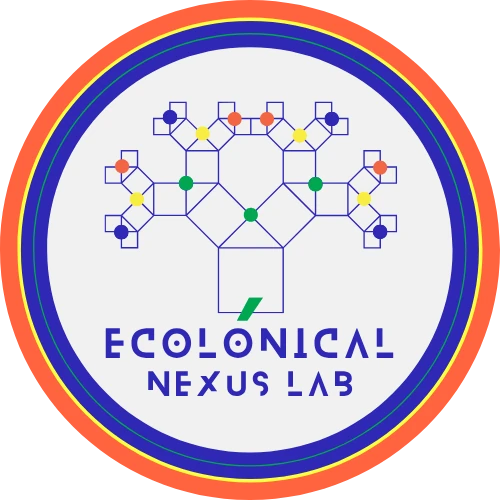

Leave a Reply